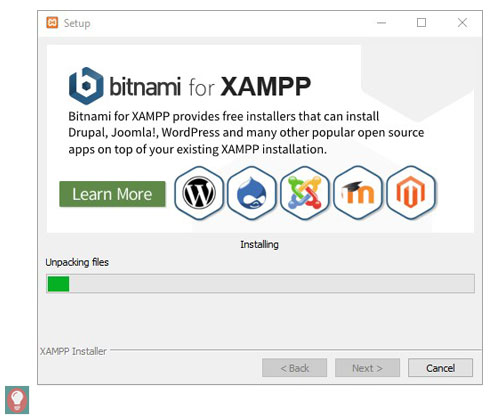

I will call this location %your_drupal_files% from here out.ĥ) Edit %your_drupal_files%/sites/default/settings.php and change the base URL to $base_url = ' You should still be able to leave the $db_url connection setting alone.Ħ) Edit %your_xampp_location%\apache\conf\extra\nf and add the following lines according to where your copy of drupal lives on your computer: Alias /drupal "%your_drupal_files%/" % mysql> GRANT ALL PRIVILEGES ON drupal.* TO IDENTIFIED BY 'drupalpassword' WITH GRANT OPTION FLUSH PRIVILEGES Ĥ) Get a copy of the website's PHP files for your Drupal installation (In my case, use a source control system client like Perforce) and copy them to a location you want to do your work in. I suggest using a program like Navicat MySQL since it handles UTF-8 data properly (unfortunately my favorite free MySQL client, SQLyog, seems to lack proper UTF-8 support).ģ) Create a user on your local mysql database to match the remote connection settings and give them full permissions: Skip this step if you have both already set up (Drupal needs things like php and mod_rewrite in your Apache build.)Ģ) Download a copy of your production 'drupal' database to your local MySql server. This gets you Apache + MySQL all set up in a few clicks.

#INSTALL BITNAMI RUBYSTACK ON XAMMP INSTALL#
A mirror of this article is located here.ġ) Install XAMPP software. Many of the steps taken here have been made so that you can keep your PHP files outside the standard htdocs DocumentRoot directory of the Apache server while maintaining whatever else you have running on your XAMPP installation. Here are the steps you need to take to get a copy of a Drupal website onto your local computer for development purposes, using the XAMPP stack and a variety of tools.


 0 kommentar(er)
0 kommentar(er)
